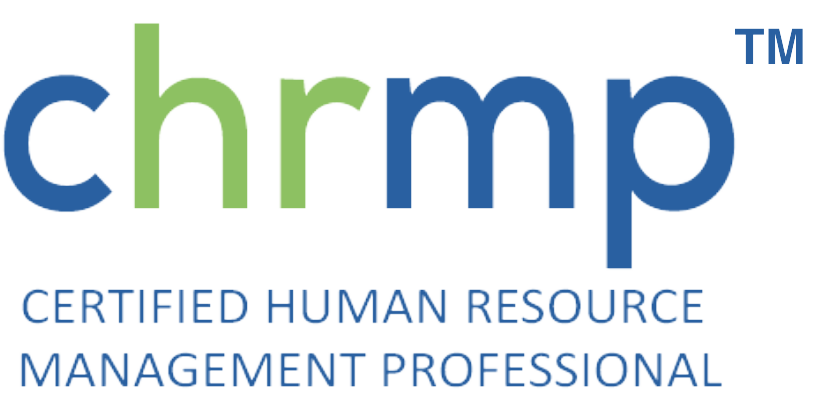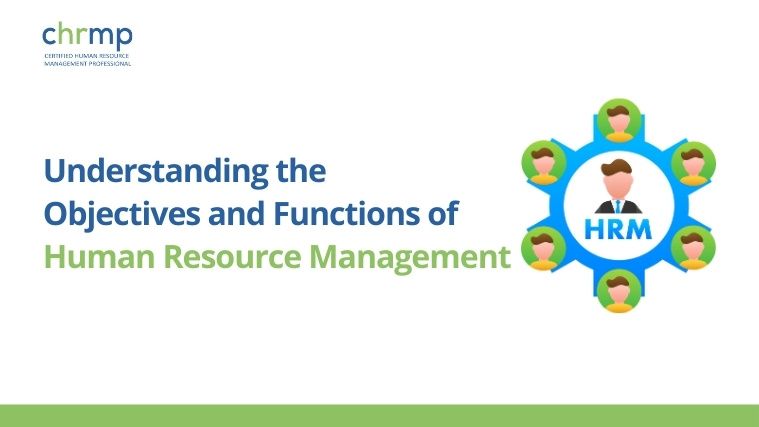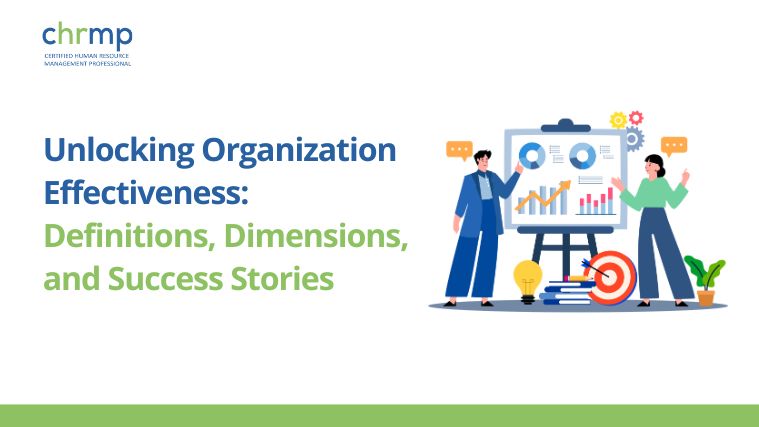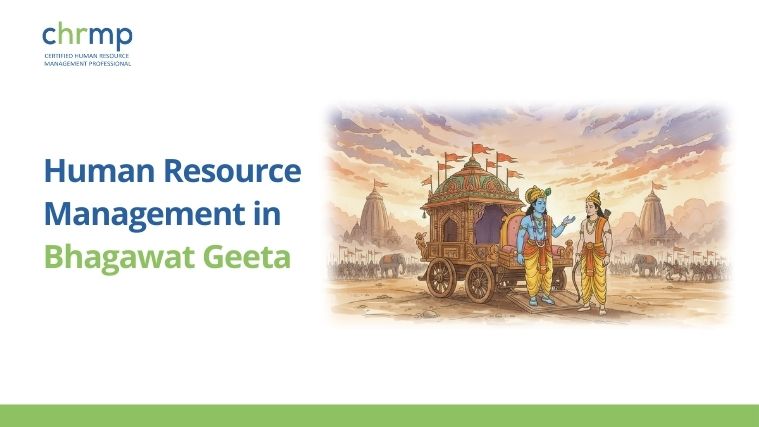Introduction to HRM
Human Resource Management (HRM) plays a crucial role in the success of any organization. Have you ever thought about how the objectives and functions of Human Resource Management could be the key to your organization’s success or failure? According to Deloitte’s “2023 Global Human Capital Trends” report, 79% of executives rated HR as a key enabler of business success, while 94% of employees reported that effective HR practices significantly contribute to their engagement and productivity. By understanding the objectives and functions of Human Resource Management, organizations can strategically align their HR practices to enhance performance, productivity, and employee satisfaction.
Human Resource Management (HRM) involves a range of activities designed to maximize employee performance, enhance organizational productivity, and ensure a positive work environment. It is more than just hiring and firing; it is about strategically managing an organization’s most valuable asset—its people. By aligning HR functions with business goals, HRM helps to ensure that an organization remains competitive and adaptable in a rapidly changing environment.
2. Objectives of Human Resource Management
Maximizing Employee Performance
The primary objective of HRM is to maximize employee performance. HR managers focus on understanding individual strengths, fostering a culture of engagement, and providing the resources employees need to excel. Real-time feedback, coaching, and development initiatives are often implemented to achieve this HRM goal, which ultimately drives the organization’s performance.
Enhancing Organizational Efficiency
Another key objective is enhancing organizational efficiency. HRM aims to ensure that the right people are in the right roles, which helps streamline operations and reduce bottlenecks. By optimizing the allocation of human resources, HRM contributes to the organization’s overall productivity. For example, HR might use performance data to identify skill gaps and provide targeted training programs.
Promoting Employee Development
HRM is also responsible for promoting employee development. This includes professional growth through training and career advancement opportunities. When employees are given the opportunity to develop their skills, they feel more engaged and motivated. For instance, many organizations now invest in learning management systems (LMS) to offer on-demand training, which helps employees stay up-to-date with the latest industry trends.
Ensuring Legal Compliance
Legal compliance is a fundamental objective of HRM. Ensuring that the organization adheres to labor laws and regulations helps prevent costly legal disputes and fosters a fair workplace. This includes everything from managing working hours to ensuring equal employment opportunities. For example, HR teams must stay updated on changes in labor laws and conduct regular audits to remain compliant.
3. Key Functions of Human Resource Management
Recruitment and Selection
Recruitment and selection are the foundational functions of HRM. Finding the right talent involves identifying suitable candidates, conducting interviews, and selecting the best fit for the job. Effective recruitment practices help build a strong workforce, which is vital to an organization’s success. A real-world example is the use of applicant tracking systems (ATS) to efficiently manage the hiring process.
Training and Development
Training and development help employees acquire new skills and improve existing ones. Organizations often conduct onboarding programs for new hires and regular training sessions to enhance employees’ capabilities. For instance, companies like Google use a combination of in-house training and external courses to ensure that their employees are always learning.
Compensation and Benefits
Compensation and benefits play an important role in attracting and retaining talent. Competitive salaries, bonuses, and comprehensive benefits packages help motivate employees and contribute to job satisfaction. For example, some companies offer flexible work hours, health benefits, and wellness programs as part of their compensation strategy.
Performance Management
Performance management involves evaluating employee performance, setting objectives, and providing feedback. Regular performance reviews help employees understand their strengths and areas for improvement. For example, the 360-degree feedback model is often used to get input from peers, managers, and subordinates, creating a holistic view of an employee’s performance.
Employee Relations
Maintaining positive employee relations is another key function of HRM. This involves handling employee grievances, fostering a supportive workplace culture, and ensuring open communication between employees and management. Strong employee relations can lead to a more engaged workforce, which directly impacts productivity and morale.
HR Planning
HR planning involves forecasting an organization’s future HR needs and developing strategies to meet those needs. This includes assessing workforce trends, identifying skill gaps, and planning for future talent requirements. For instance, in the tech industry, HR planning might focus on preparing for shifts in skill requirements due to technological advancements.
4. The Strategic Role of HRM
HRM is increasingly seen as a strategic partner within organizations. Strategic HRM involves aligning HR goals with the overall business strategy to ensure that human resources contribute to achieving business objectives. For instance, if an organization aims to expand into new markets, HRM would focus on hiring individuals with specific skills and experience in those markets. By aligning HR practices with business strategy, HRM can help drive the organization’s long-term growth.
Another example of strategic HRM is during a company’s digital transformation journey. If an organization plans to adopt new technologies to improve its processes, HRM needs to ensure that employees have the necessary skills to work with these technologies. This might involve identifying skill gaps, designing training programs, and recruiting tech-savvy talent. By proactively preparing the workforce for technological changes, HRM supports the organization’s strategic objective of staying competitive in the digital age.
Strategic HRM also involves workforce planning to anticipate future needs based on business growth projections. For example, if a company plans to launch a new product, HRM must ensure that the right mix of skills is available in the workforce to support product development, marketing, and sales. This type of alignment between HR planning and business goals ensures that the organization has the talent it needs at every stage of growth, thereby enhancing overall business performance.
5. Challenges in HRM
Managing Workforce Diversity
One of the challenges HRM faces is managing workforce diversity. As workplaces become more diverse, HR must ensure that all employees feel included and valued. This requires creating policies that foster inclusivity and addressing biases. For example, companies like Microsoft have initiatives to promote diversity and inclusion, which helps in creating a more dynamic and innovative workforce.
Retaining Talent
Retaining top talent is another significant challenge for HR. High turnover rates can lead to increased recruitment costs and disruption in productivity. To address this, HR professionals focus on creating a positive work environment, offering career development opportunities, and maintaining competitive compensation packages. For instance, tech giants like Apple and Amazon invest heavily in employee engagement initiatives to retain their best talent.
Adapting to Technological Changes
With rapid advancements in technology, HRM faces the challenge of adapting to new tools and platforms. The adoption of HR software and AI-based tools has changed the way HR functions operate, making them more data-driven. HR professionals need to stay up-to-date with these technological changes to improve efficiency. For example, HR analytics tools are now commonly used to predict employee turnover and optimize recruitment strategies.
Conclusion | Objectives and Functions of Human Resource Management
The role of HRM is continuously evolving. With the advent of technology, changes in workforce dynamics, and the need for strategic alignment, HRM has become more complex and impactful than ever before. The future of HRM will likely involve a greater focus on strategic workforce management, data-driven decision-making, and continuous employee engagement. By adapting HR strategies to meet the changing needs of the workforce, HR professionals can play a crucial role in shaping the success of their organizations.
If you are an HR professional looking to elevate your organization’s success, consider how aligning your HR strategies with broader business goals can make a significant impact. Stay informed, stay strategic, and help drive your organization forward.






